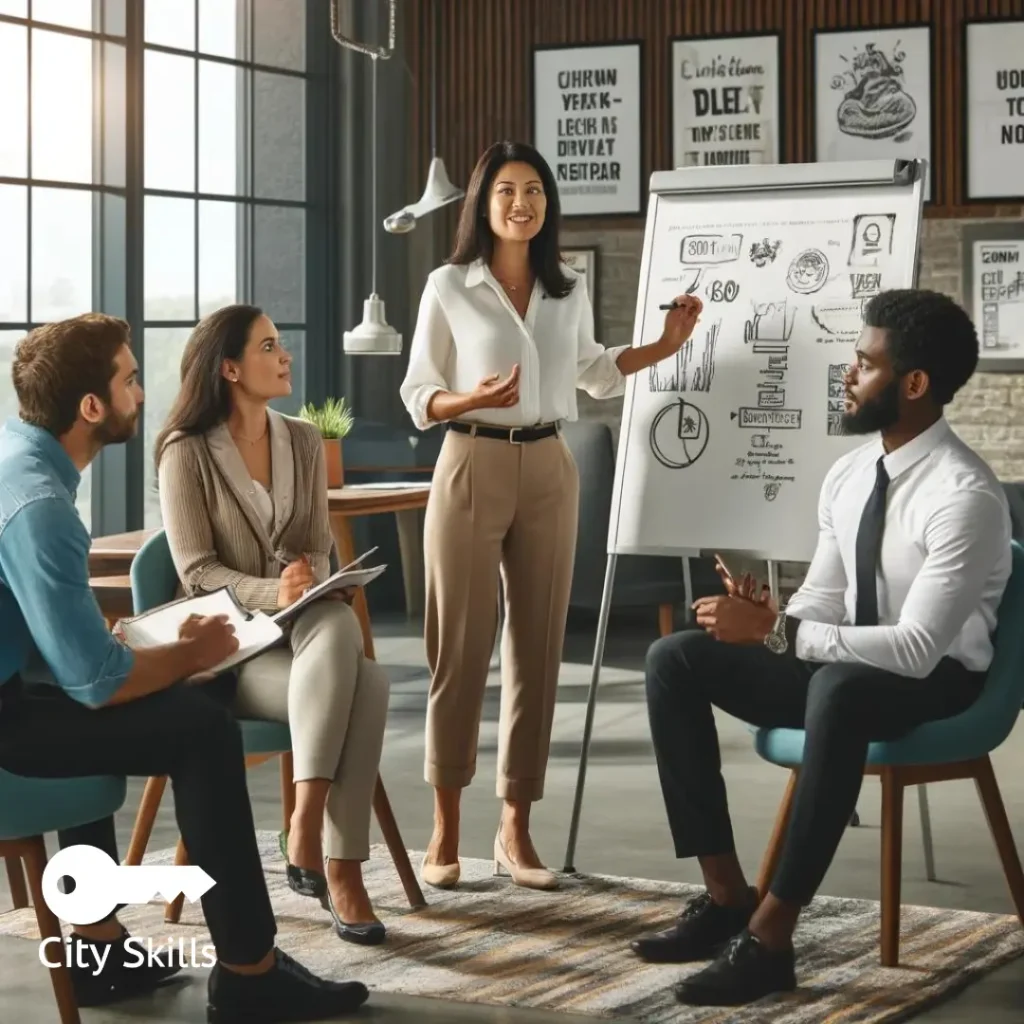
Facing the Challenges: Reforming Teacher Recruitment and Retention in Education

It’s Time to Face the Music: The Department for Education is Missing the Mark
Let’s cut to the chase, shall we? The future of our education system hangs in the balance, and the Department for Education seems to be tiptoeing around the truth. With Labour’s recent pledge to bring in 6,500 new teachers into schools and colleges, it’s a commendable goal, but without a solid workforce planning strategy, it’s much like building sandcastles at high tide—great in theory, but it will wash away before we can enjoy it.
What’s Really Needed for Our Education System?
When it comes to recruitment and teacher retention, we need more than just well-meaning promises. The landscape of education is changing faster than you can say “curriculum overhaul,” and it’s high time that our workforce planning does the same. Here are three crucial areas that demand our attention:
- Clear and Actionable Plans for Recruiting Talent: We need strategies that attract fresh talent, not just the same tired methods that have been on repeat for years.
- Training that Meets Today’s Learning Needs: The modern world is evolving, and so are our learners. Training must reflect that dynamic environment.
- Ongoing Support for Educators: Teachers are the bedrock of education. If they’re not thriving, then neither are our students.
At City Skills, we are not just talking the talk; we are focused on setting actionable goals. Workforce planning needs to be seen as a strategic priority. Otherwise, we risk pushing away those who could make a real difference in our classrooms.
Bridging the Gap Between Commitment and Action
Now, let’s take a step back. When we hear the term “teacher recruitment”, what comes to mind? Most of us might picture glossy brochures, flashy recruitment fairs, and perhaps a flood of hopeful candidates. But what really matters is the follow-through. What’s the plan once we’ve got these eager faces in the door?
It’s More Than Just Filling the Seats
We have to consider what it means to train and support these new teachers adequately. Are we just aiming to fill positions, or are we invested in quality education? The reality is that educators need tailored support to successfully engage with today’s learner — someone who may have a different set of values, challenges, and expectations compared to a decade ago.
It’s fascinating. I remember my own journey in the early days of my career. There was no map, just a passion to make a difference. However, that passion flourished when I had mentors guiding me. It’s vital that our future educators have similar support networks to help them grow and adapt.
The Vital Role of Proactive Solutions
Before we can bridge the gap between promises and action, we must embrace proactive solutions. This isn’t just about changing policies for the sake of change — it’s about affecting real outcomes. Education is not a “one-size-fits-all” affair; stepping up means recognising the unique challenges each institution faces.
The Power of Community Involvement
Community engagement can very much be a game changer. When local organisations and businesses team up with educational institutions, the benefits multiply. We can create a hiring pipeline that doesn’t just promote new teacher recruitment but also embeds them within the community. It’s not just about filling classrooms; it’s about creating a vibrant educational ecosystem.
The call to action is clear: let’s not wait for someone else to lead the charge. We all share the responsibility; educators, policymakers, and community leaders alike must come together. How can we better bridge the gap between promises and real action in our education system? What innovative ideas do you have?
What’s Next?
In wrapping up, I invite you to contemplate this: How can we collectively foster a thriving education system that not only meets the demands of today but also inspires the leaders of tomorrow? The clock is ticking, and we can’t afford to sit idly by while the future of education hangs in the balance. Let’s chat and brainstorm; after all, the conversation starts here!
What are your thoughts on this matter? How can we make a difference together?


